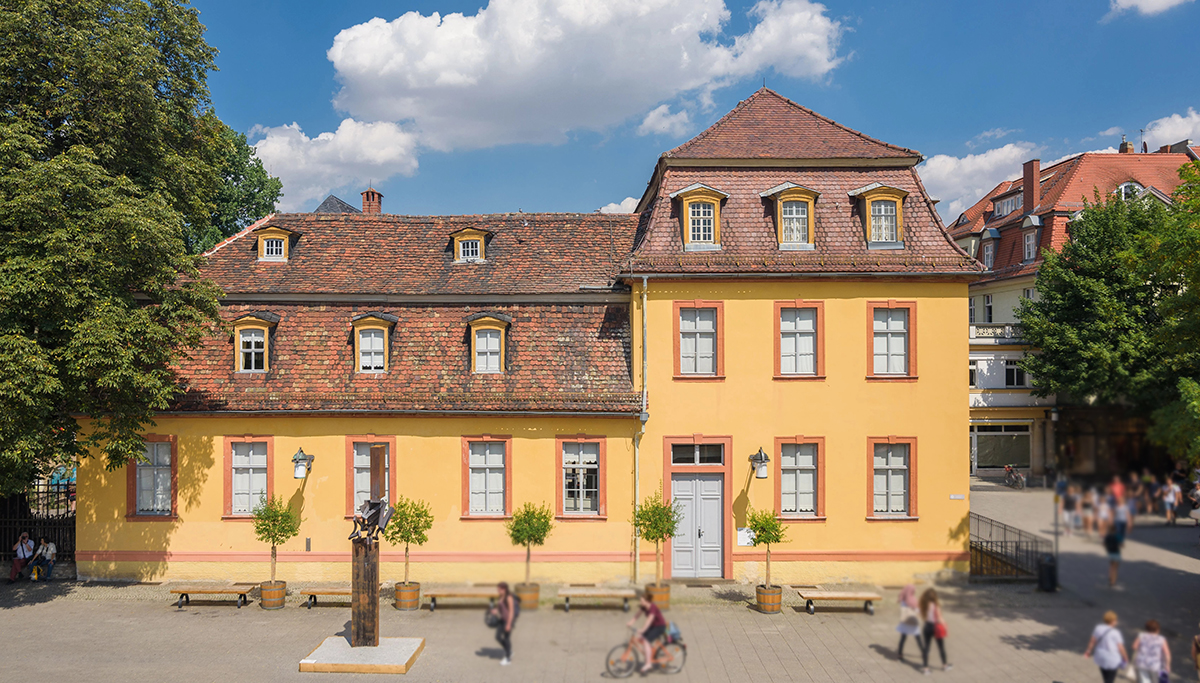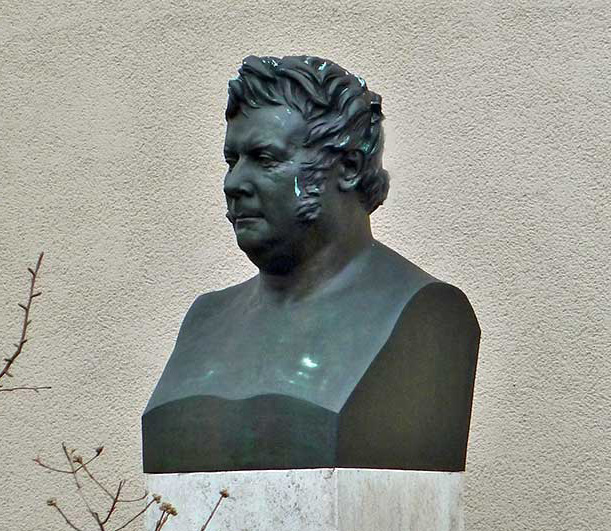Denkmal Nepomuk Hummel und katholische Kirche Weimar
Audio Guide Denkmal Nepomuk Hummel und katholische Kirche
Nepomuk Hummel Monument
The Nepomuk Hummel Monument is an important symbol of Weimar and its musical heritage. This bronze bust of the composer and musician Johann Nepomuk Hummel was erected in 1895 on the central square of Sophienstiftsplatz. Hummel, a student of the great Wolfgang Amadeus Mozart, was one of the most prominent composers and pianists of his time. His influence on the musical world was immense, and his works continue to captivate audiences worldwide.
Nepomuk Hummel's life journey spanned various European cities. He was born in Bratislava (Pressburg, Kingdom of Hungary, modern-day Slovakia) in 1778. In 1804, he moved to Vienna, where he received education under Mozart. He then lived and worked in various German cities, including Kassel and Frankfurt. In 1816, Hummel moved to St. Petersburg, where he served at the court of Emperor Alexander I. Eventually, in 1837, he returned to Germany and passed away in Weimar.
The monument was created by the Austrian sculptor Franz Xaver Petter and installed on Sophienstiftsplatz. The pedestal on which the bust stands bears the name Johann Nepomuk Hummel and the dates of his life. This monument serves not only as a symbol of the city and its pride in the great musician but also as an important point of attraction for all those who appreciate music and its history.
Catholic Church in Weimar
The Catholic Church in Weimar is a spiritual sanctuary built in 1908. It is located on Schillerstrasse and represents one of the few Catholic churches in this historic city. This church was erected in the neo-Gothic style, giving it a particular elegance and grandeur.
One of the distinctive features of this church is its majestic tower, which rises above Weimar and serves as a landmark in the city. The Catholic Church serves as a place for prayers, religious services, and events for the Catholic community of the city.
Visiting the Catholic Church in Weimar provides an opportunity not only to experience the spirit of religion but also to appreciate the beauty of the neo-Gothic architecture of the church. It is also an integral part of Weimar's cultural and religious heritage, providing a place for spiritual reflection and worship.
Other sights
-
Albert Schweitzer Denkmal

-
Altenburg (Franz Liszt)

-
Atrium & ehemaliges Gauforum
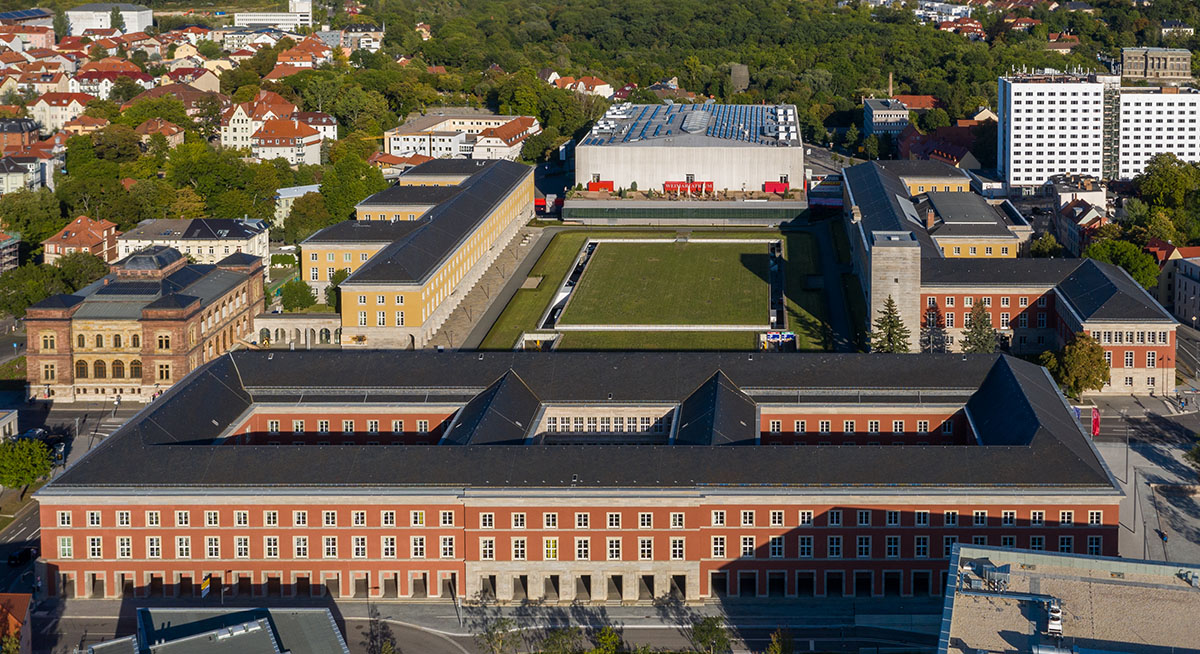
-
Bauhaus Universität (Henry van de Velde)
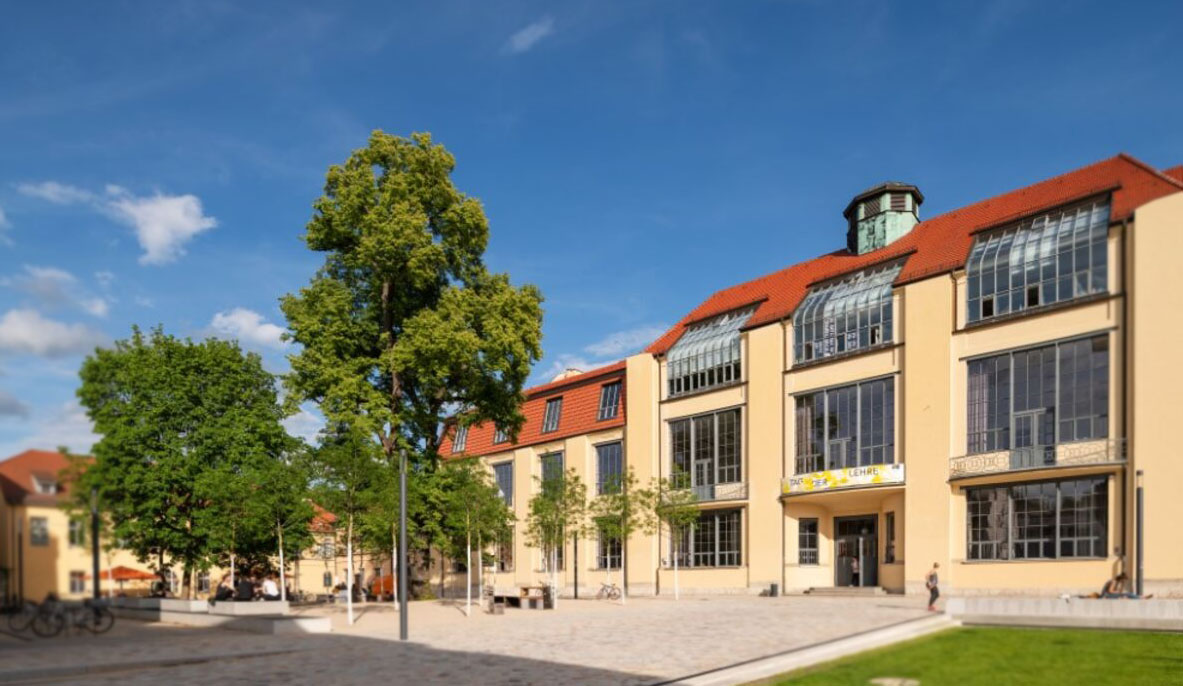
-
Bauhaus: Haus am Horn
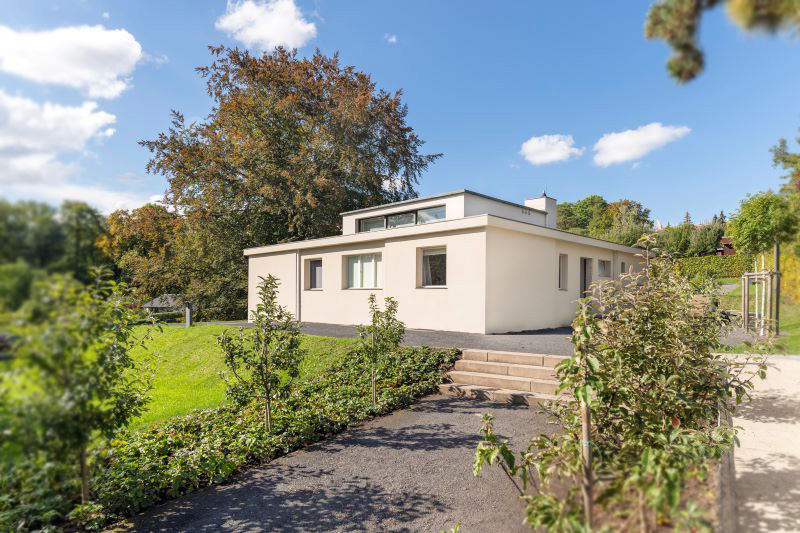
-
Carl Heinrich Ferdinand Streichhan-Kaserne
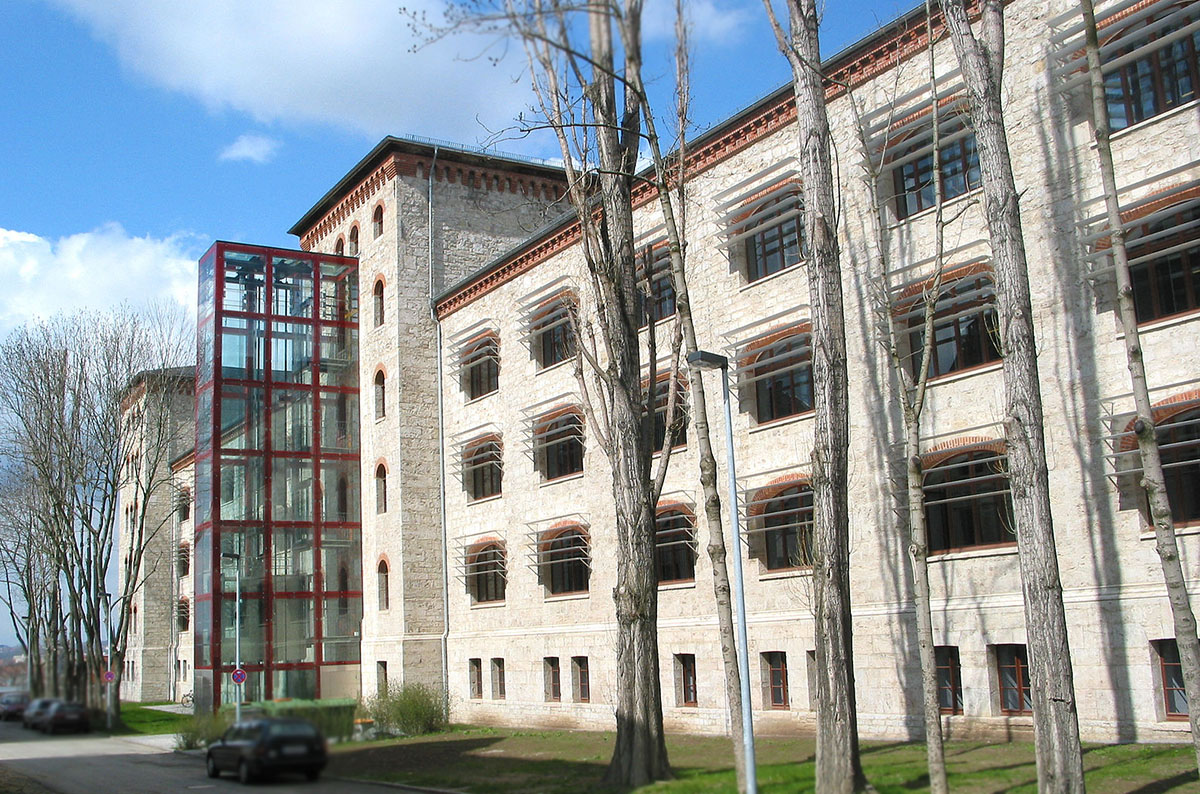
-
Cranachhaus
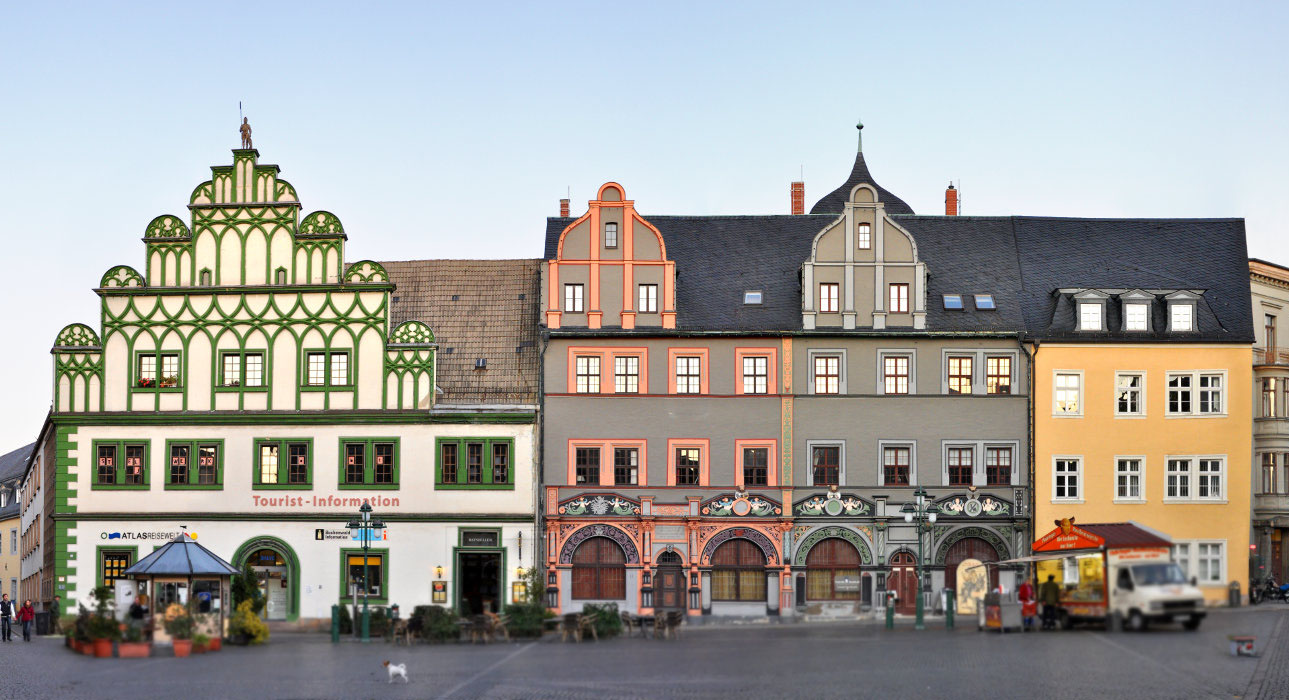
-
Denkmal Nepomuk Hummel

-
Deutsches Nationaltheater Goethe & Schiller Denkmal

-
Ginkgobaum
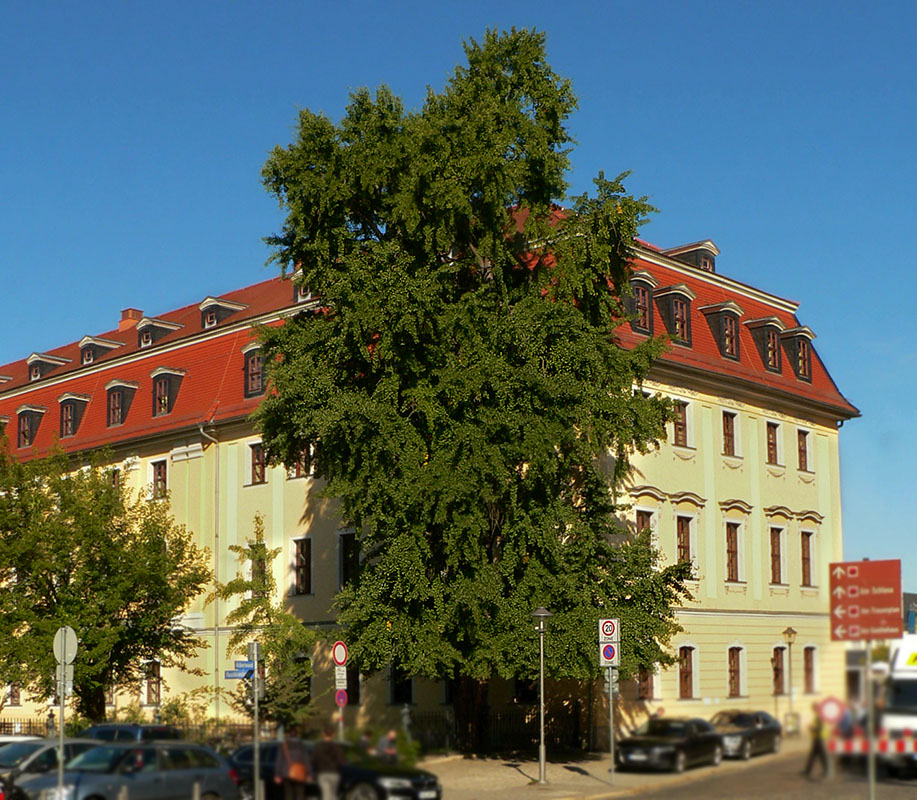
-
Goethe- & Schillerarchiv
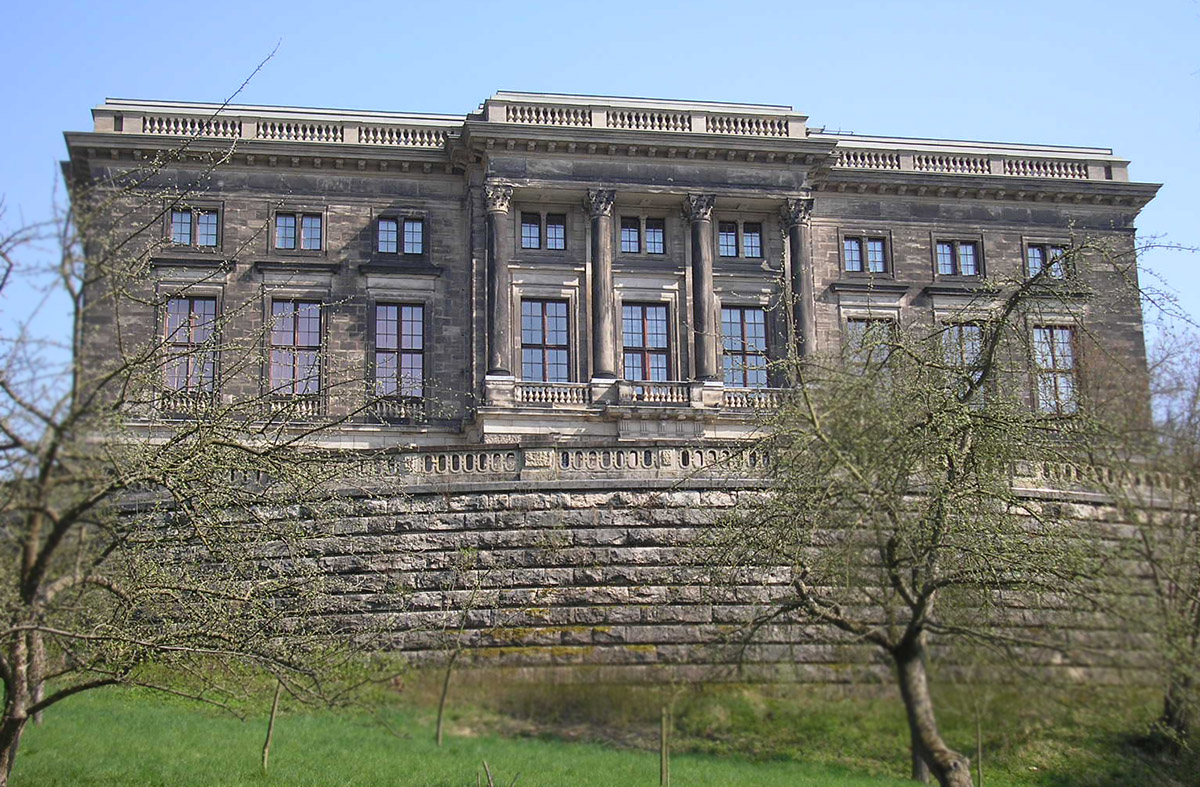
-
Goetheplatz mit Kasseturm & Stadtmauer

-
Goethes Wohnhaus
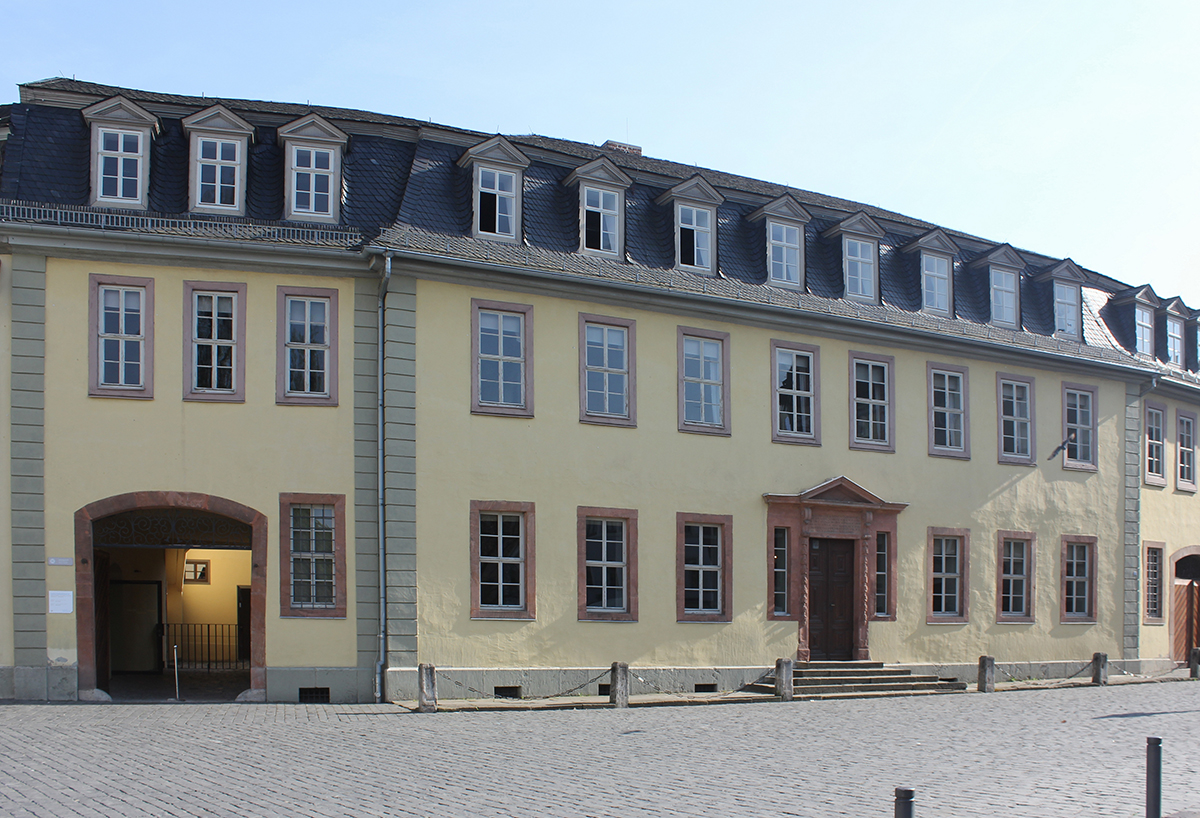
-
Haus am Horn
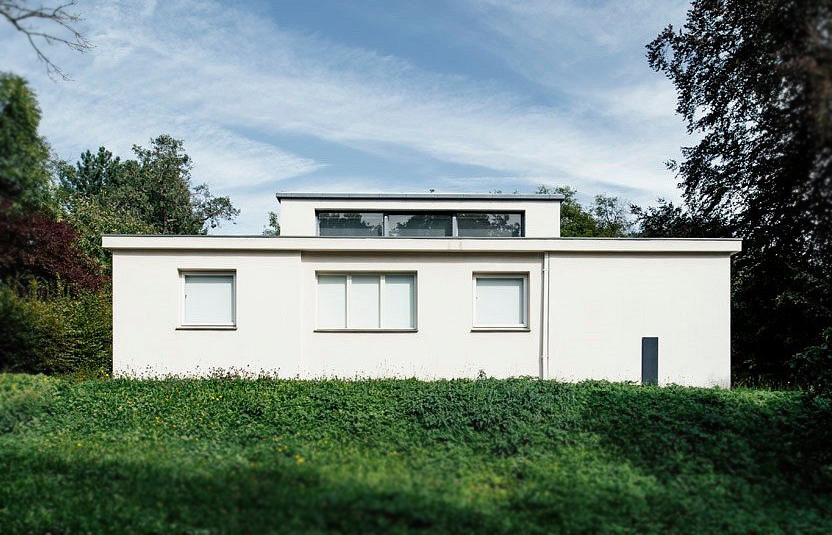
-
Haus der Charlotte von Stein
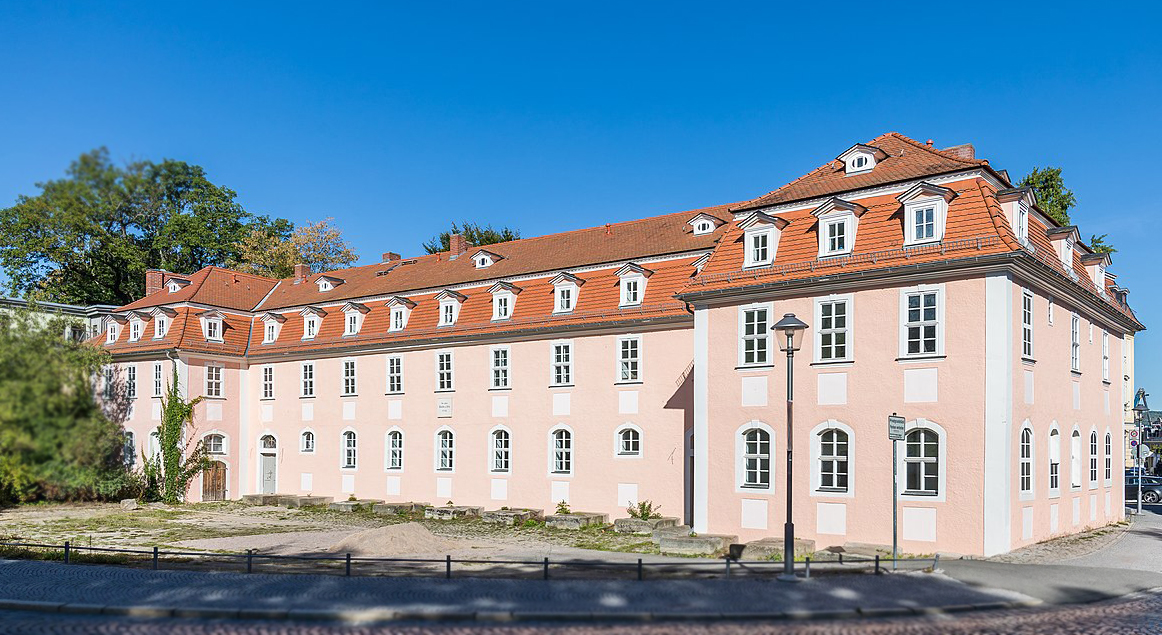
-
Herderplatz & Kirche St. Peter und Paul
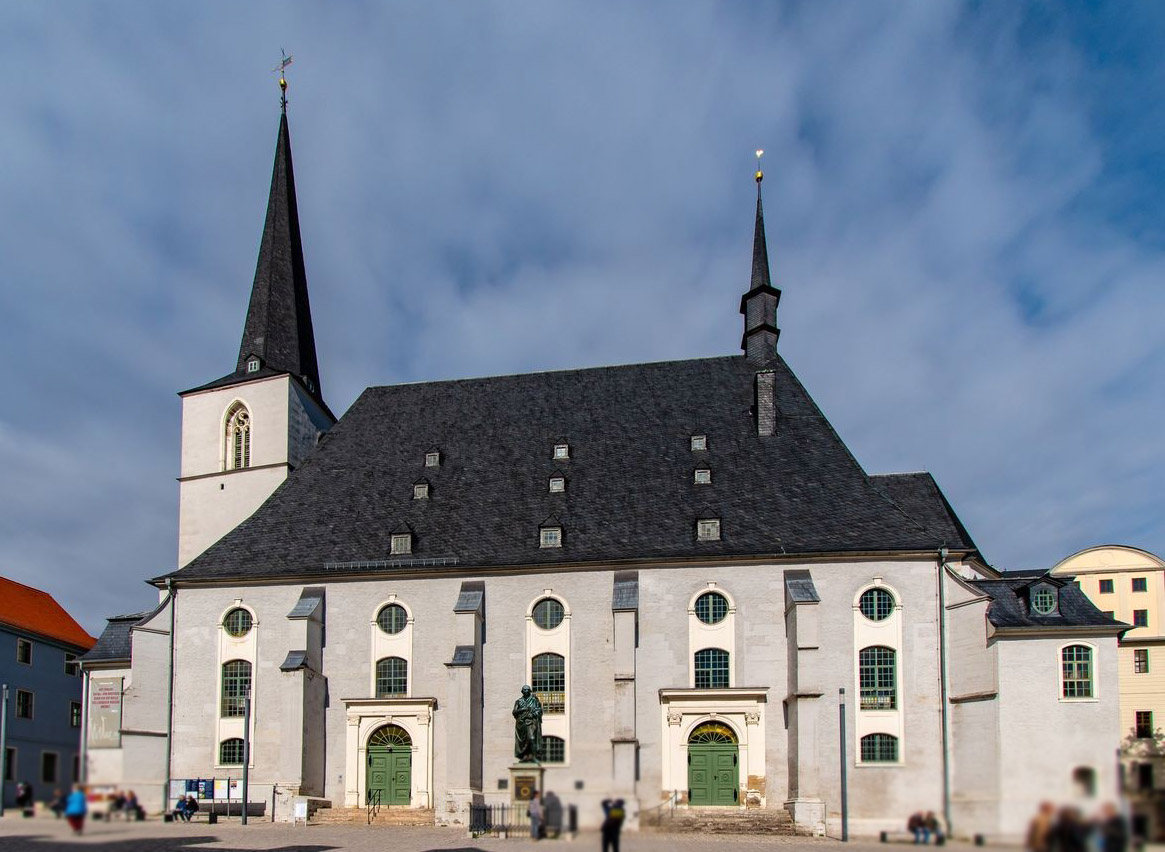
-
Herzogin Anna-Amalia-Bibliothek
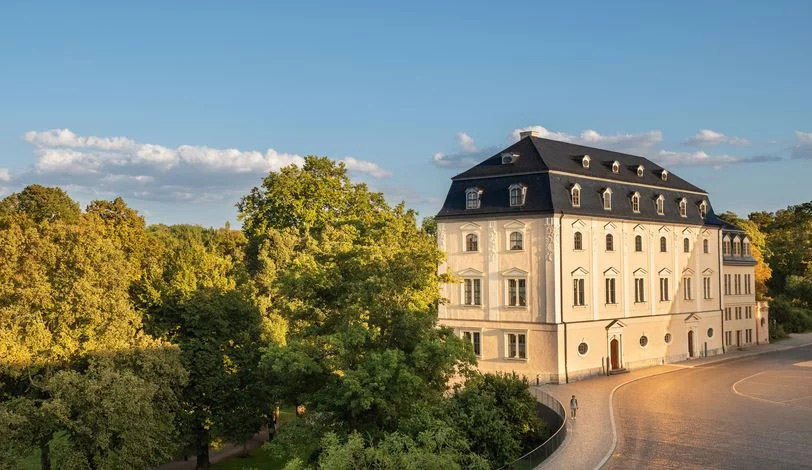
-
Historischer Friedhof
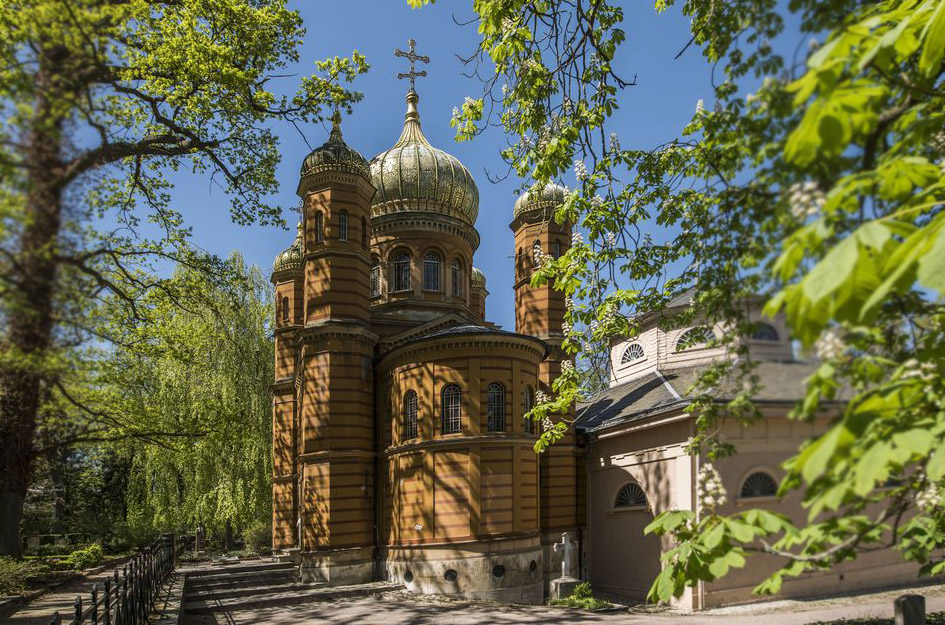
-
Hochschule für Musik Franz Liszt (Fürstenhaus)
-
J. G. Herder, Kirche St. Peter und Paul

-
J. S. Bach in Weimar & Bachtafel
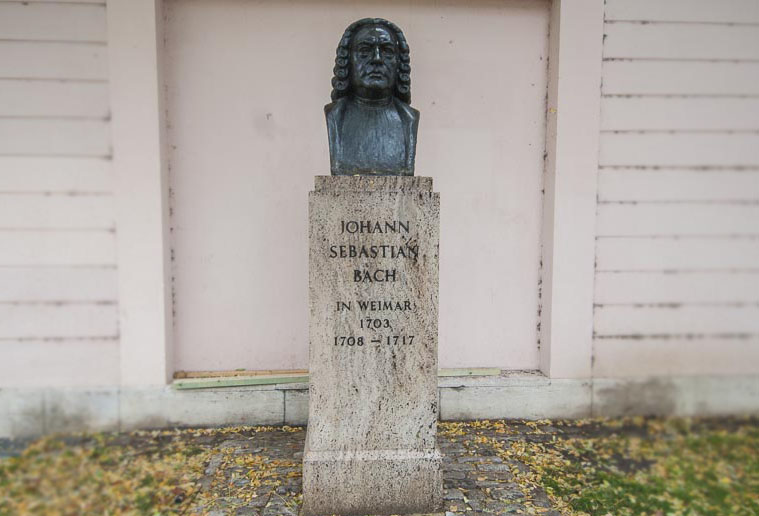
-
Katholische Kirche

-
Landesmuseum
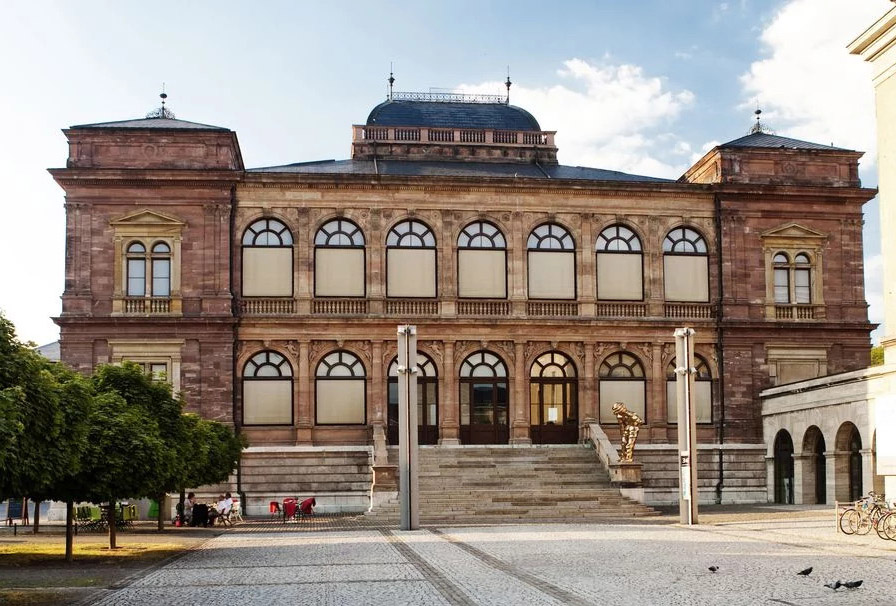
-
Liszthaus & Liszt in Weimar
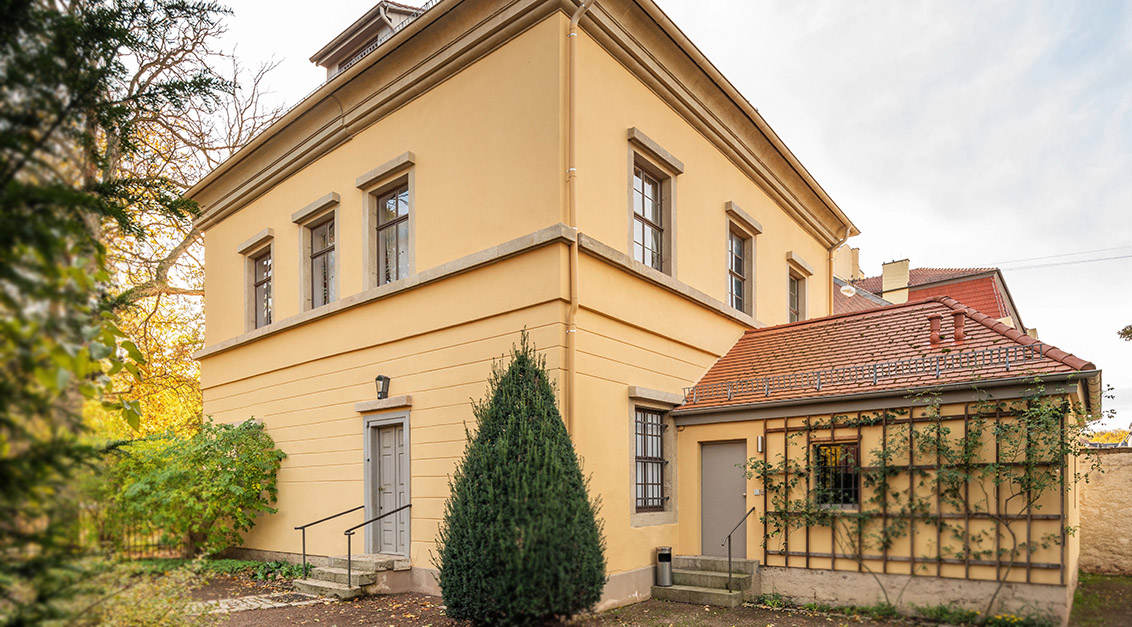
-
Markt
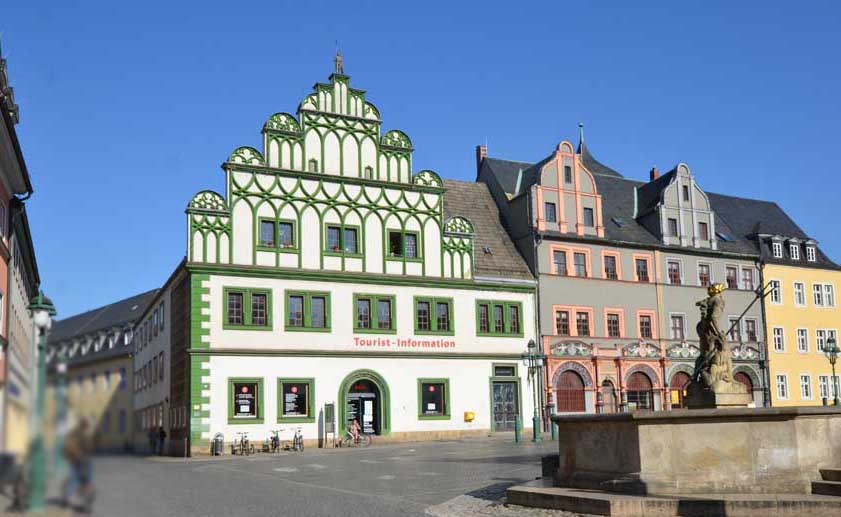
-
Marktplatz, J. S. Bach

-
Marktplatz, Rathaus, Cranachhaus
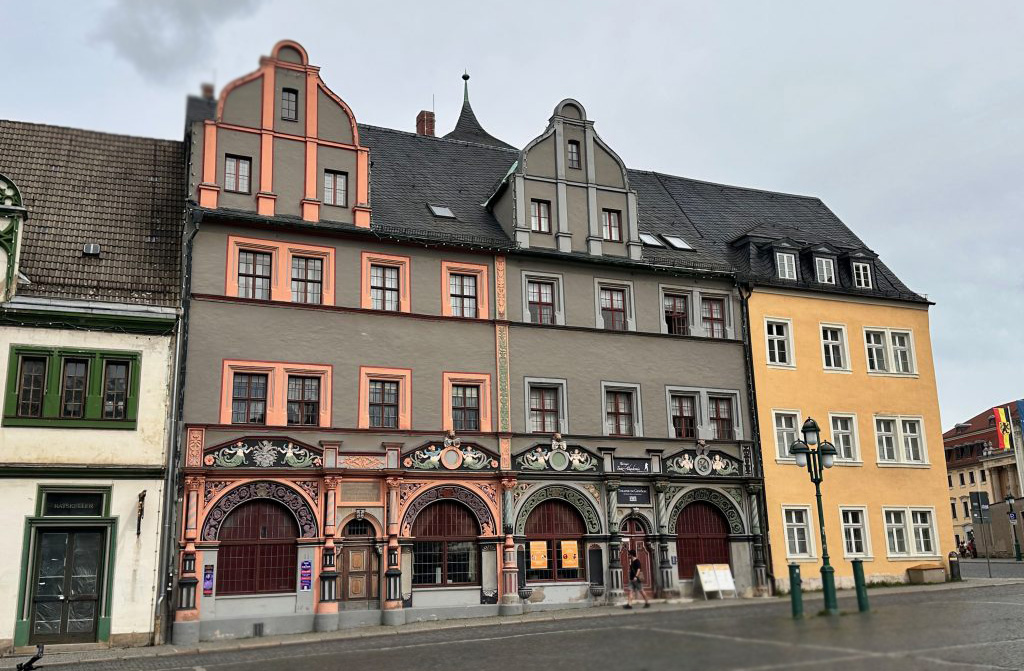
-
Marstall

-
Modernes Weimar: Neues Bauen am Horn
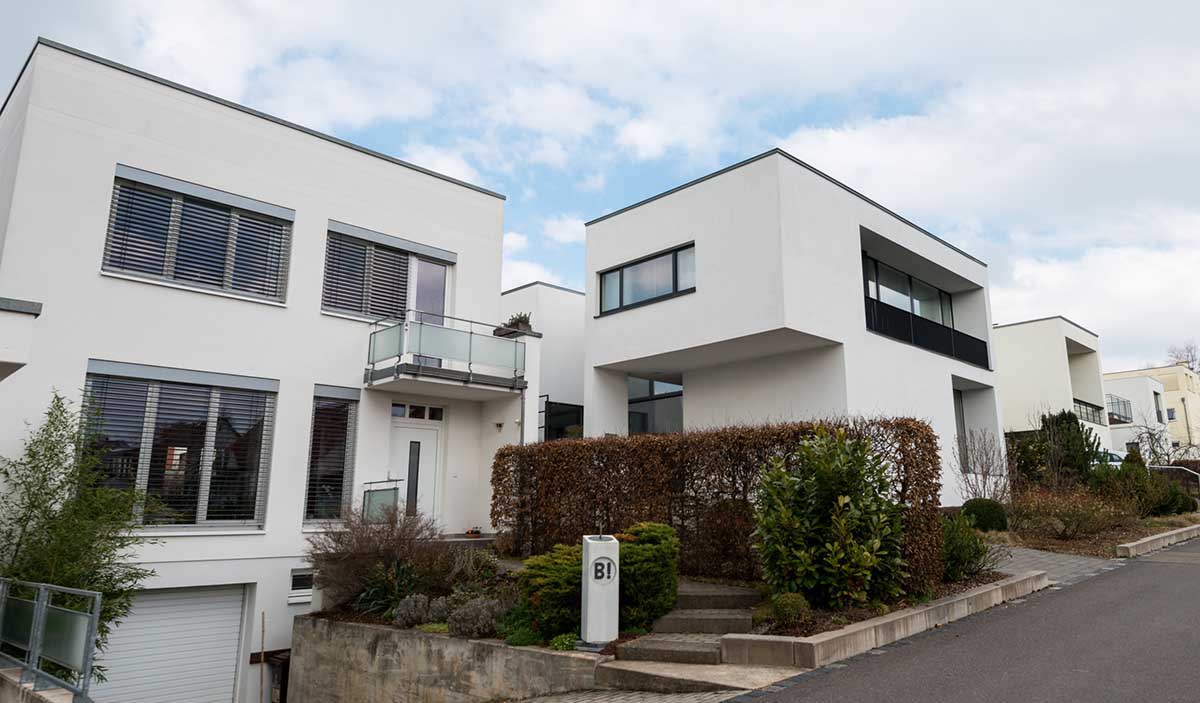
-
Neue Weimarhalle
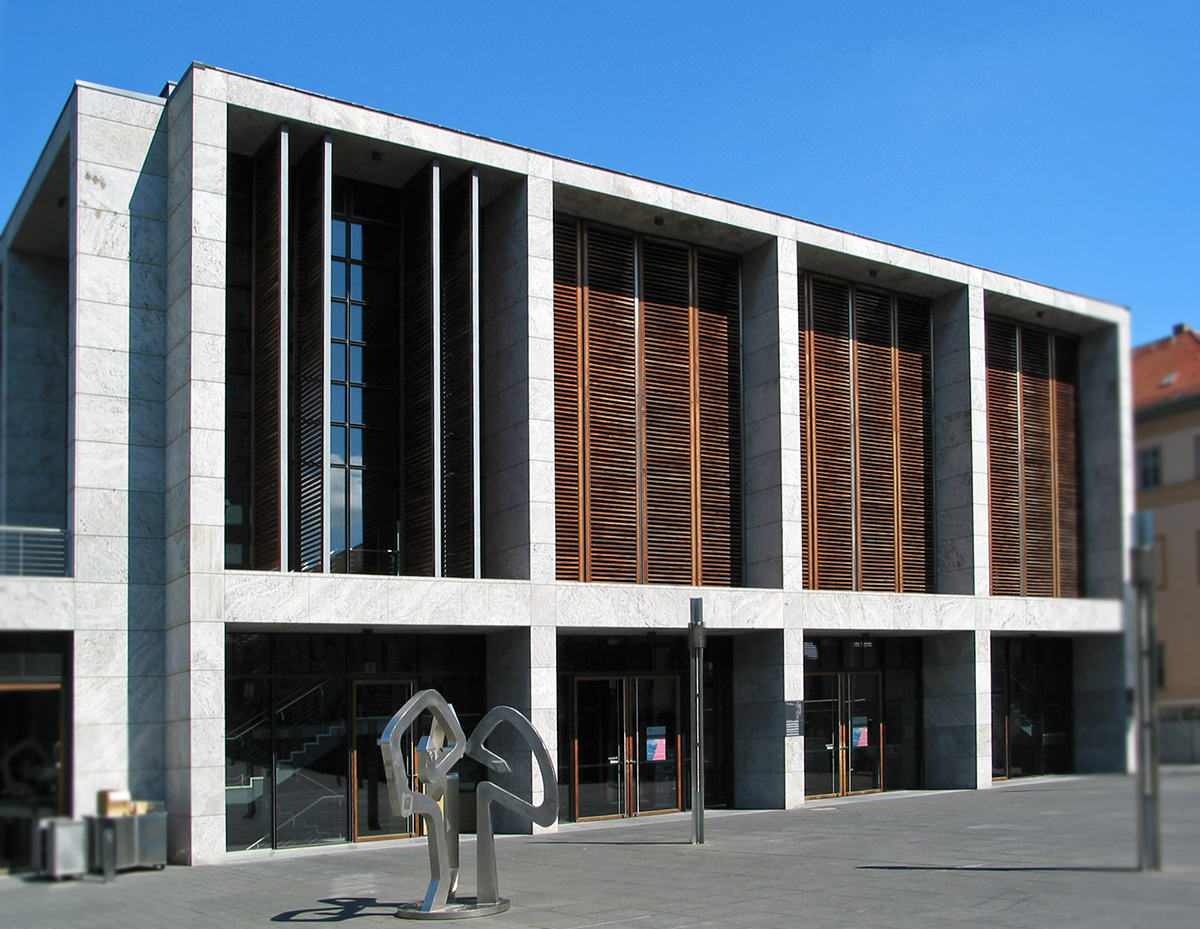
-
Neues Museum

-
Parkhöhle

-
Platz der Demokratie (Fürstenplatz)

-
Platz der Demokratie, Anna Amalia Bibliothek
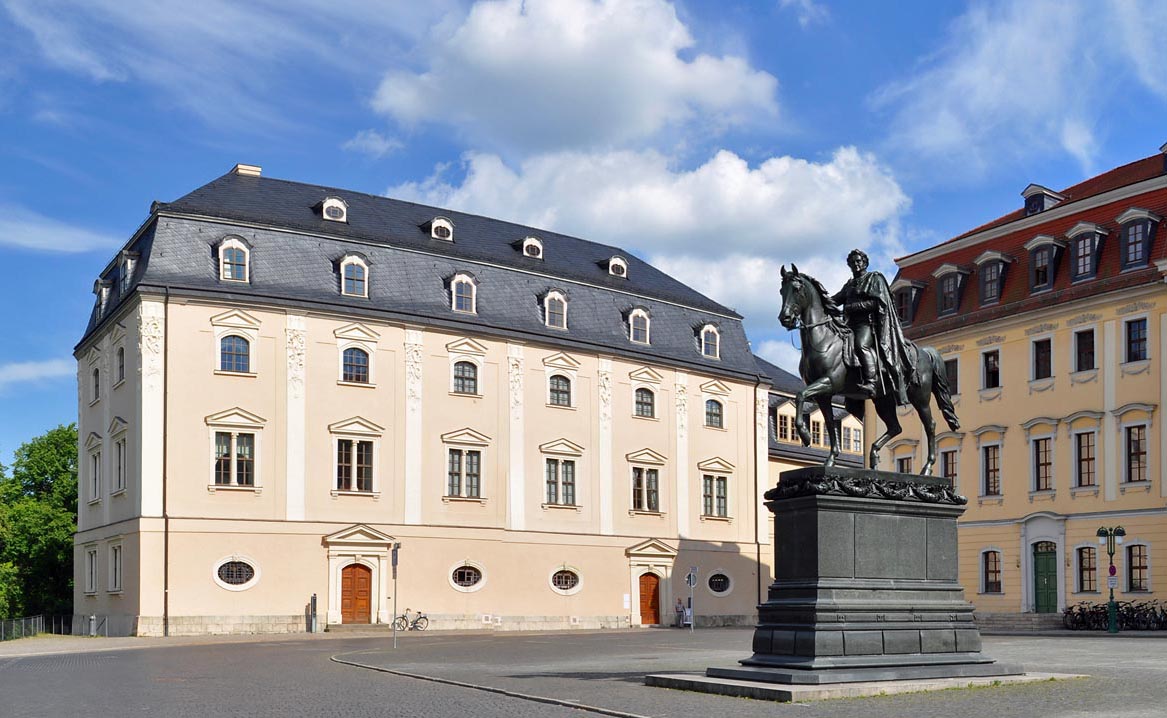
-
Rathaus
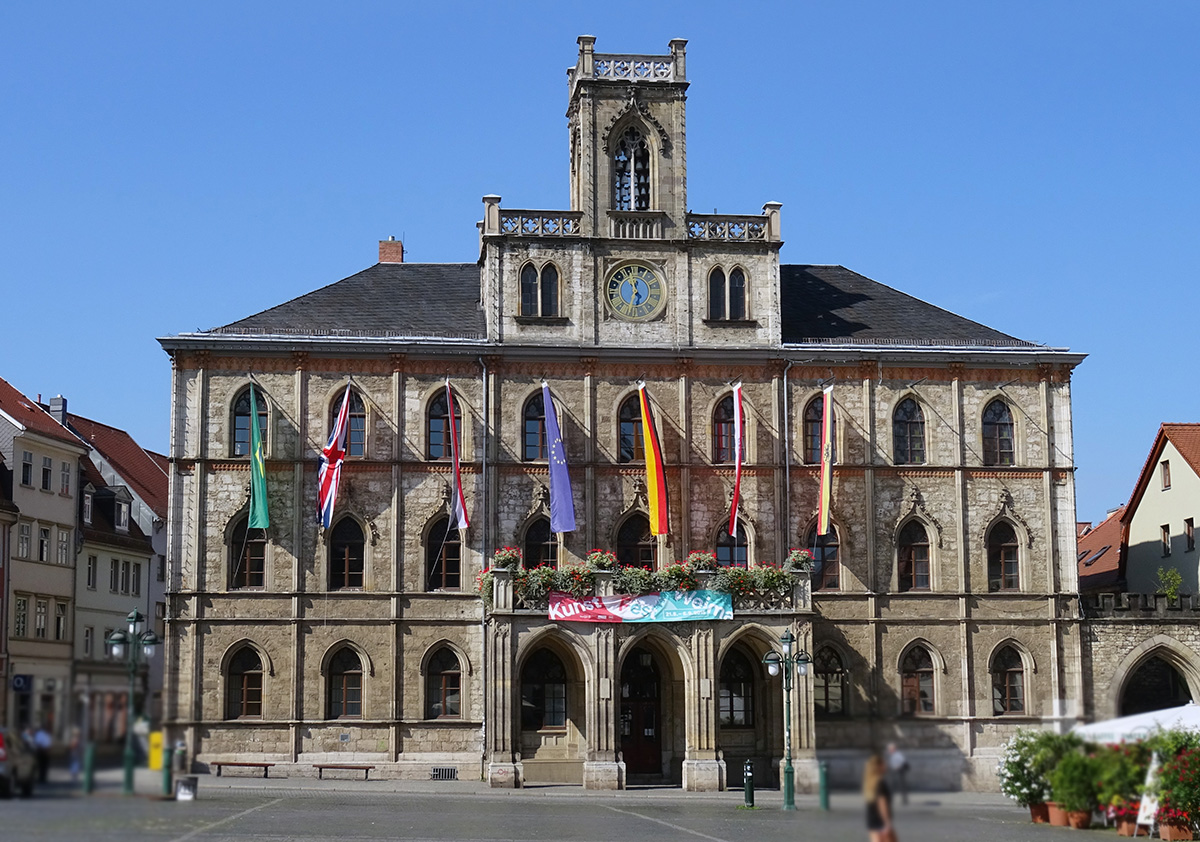
-
Reiterstandbild Carl August

-
Römisches Haus (Carl August)

-
Schloss Belvedere

-
Stadtmuseum
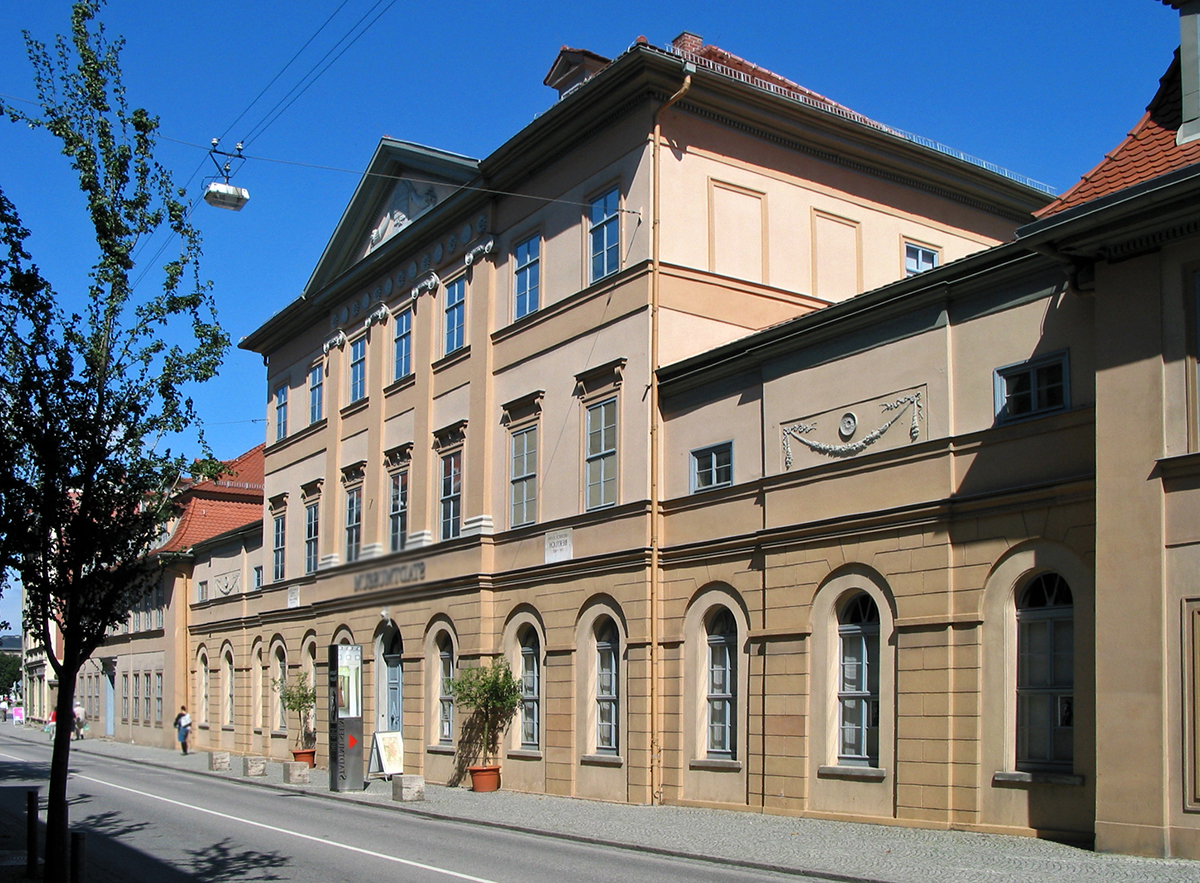
-
Stadtschloss
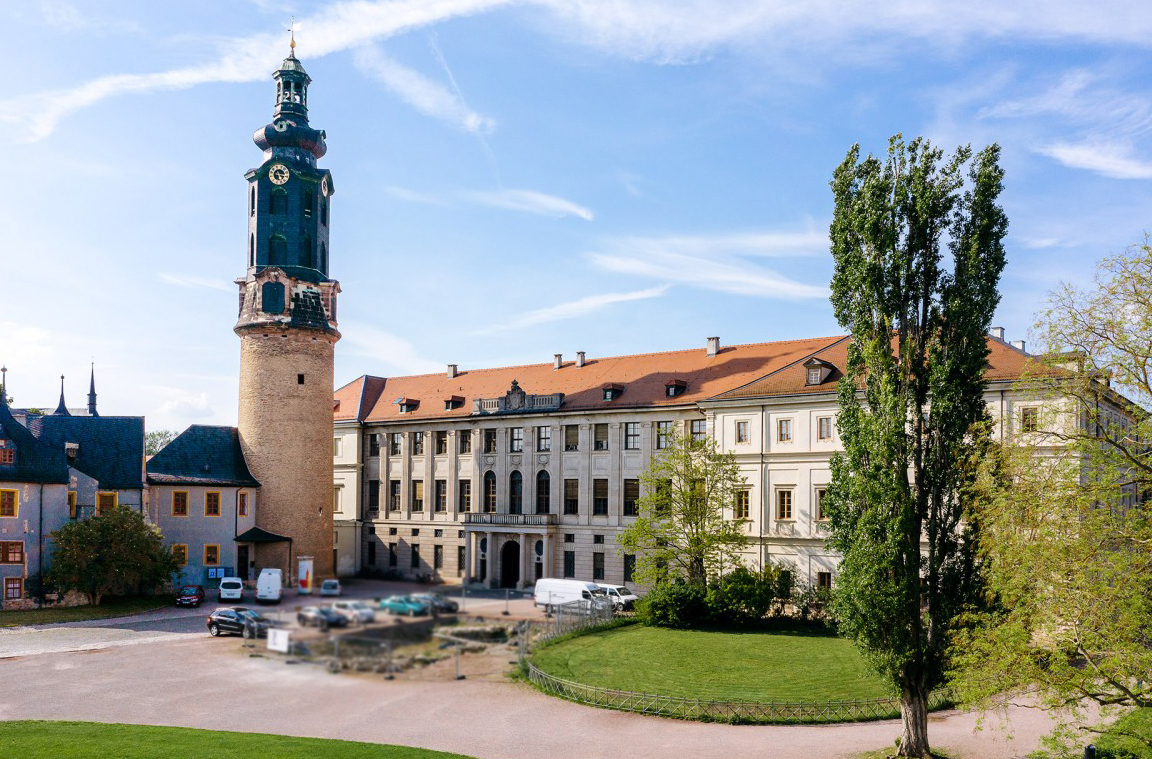
-
Standort Neues Bauhausmuseum

-
Villa Altenburg
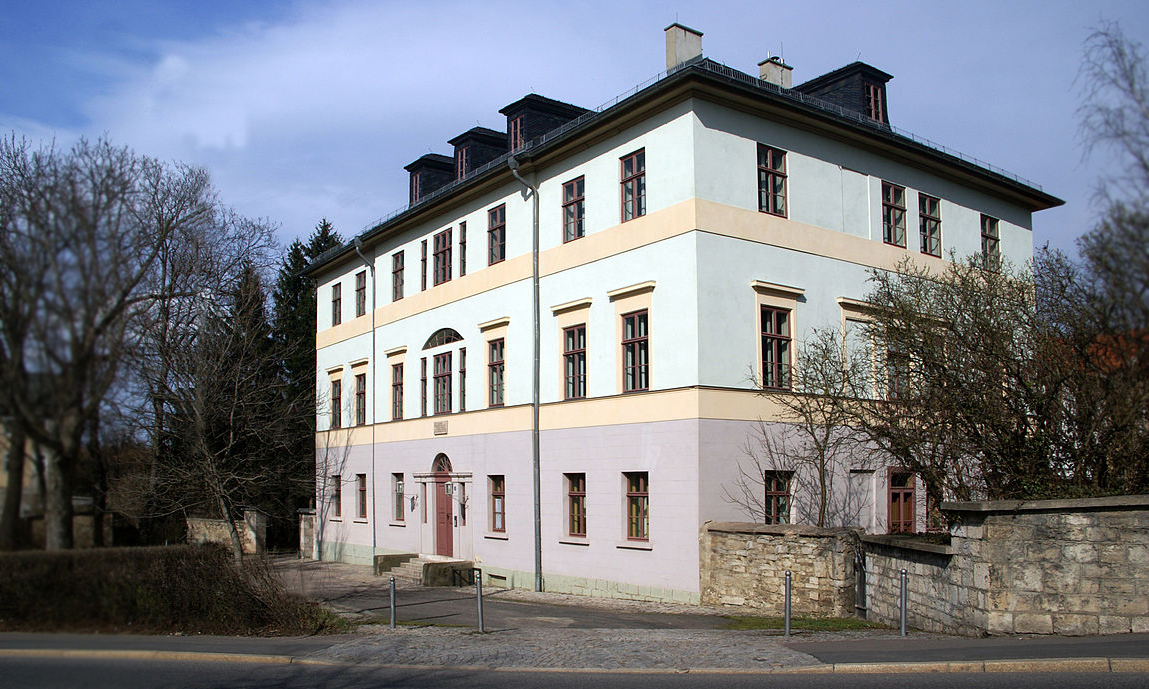
-
Welscher Garten
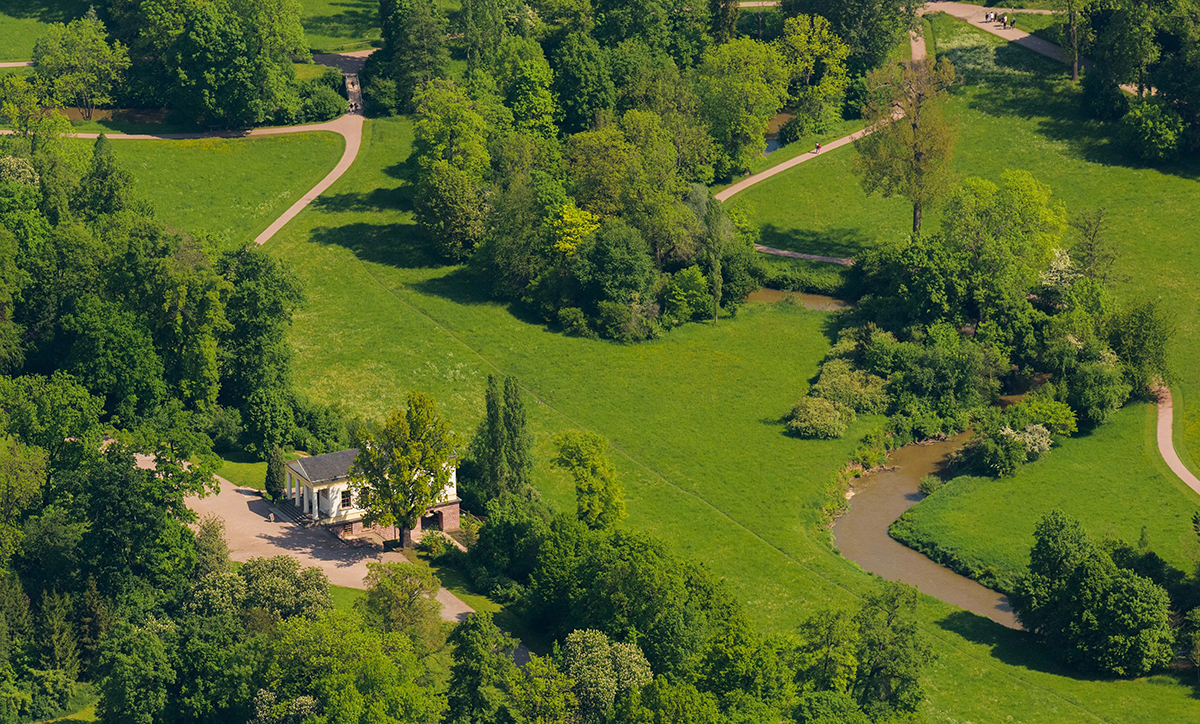
-
Wielanddenkmal
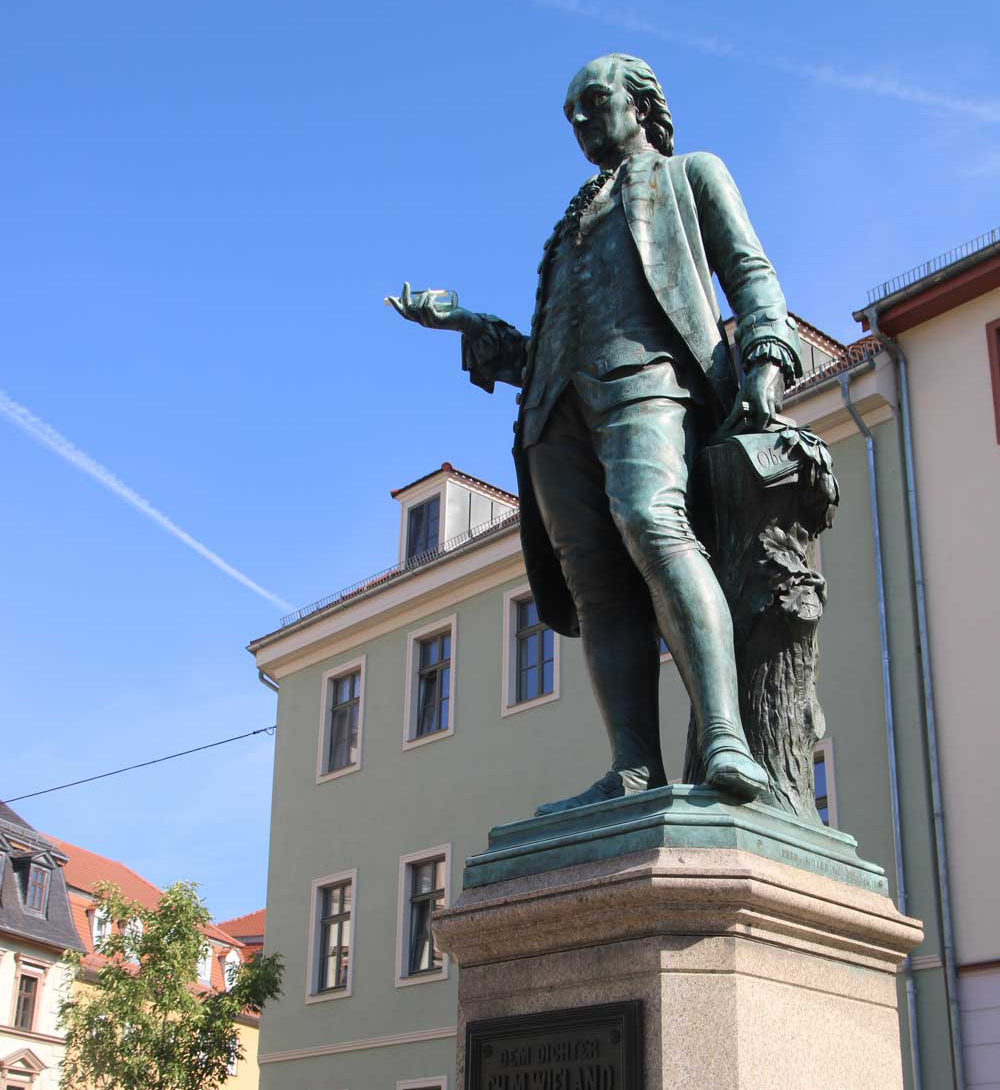
-
Wittumspalais
